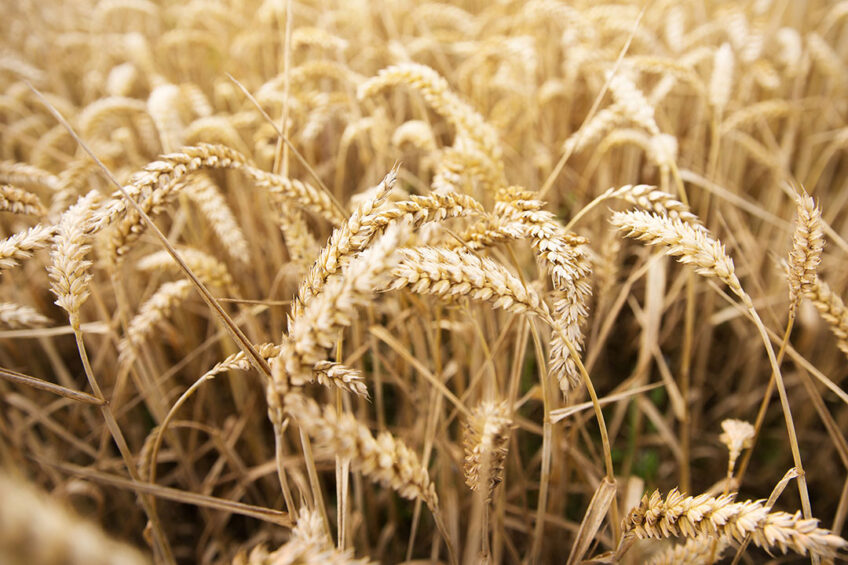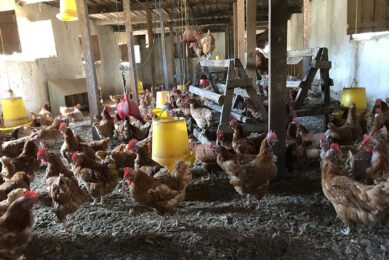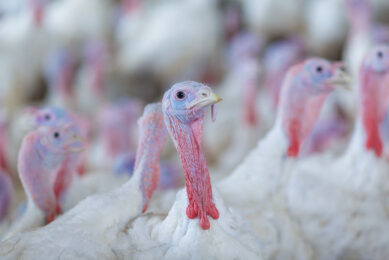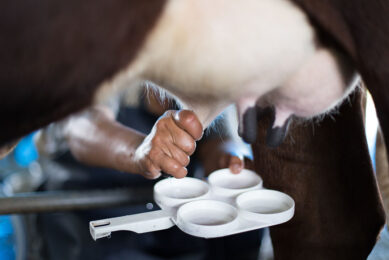Challenges when determining mycotoxin contamination levels

Preventative measures such as quality control of feed or using mycotoxin binders may be the best approach to minimise the negative effects of mycotoxins.
When dealing with mycotoxin contamination, the first problem is to diagnose and find out the original contamination level of the feed/grain. Unfortunately, it is not always possible to identify the mycotoxins that caused the different symptoms or lesions. In cases of low contamination, the issue becomes even more difficult because often the symptoms in the animals are not conclusive. There are numerous reasons why mycotoxin exposure cannot be reconfirmed by randomly analysing the source, i.e., the feed:
Sampling
Mycotoxins are not evenly distributed. The main reason is that fungi don´t grow everywhere, but only in specific places also called “hot spots”. If proper sampling procedures are not followed, analytical results are likely to underestimate the mycotoxins contamination. It is estimated that a correct representative sample for mycotoxin analysis would require an initial sample of more than 20 kg for every 100 tons of feed/grain. It is estimated that more than 97% of errors in getting proper results of mycotoxin content come from sampling errors only.
Laboratory techniques
Results may vary depending on the type of test. HPLC has a higher sensitivity than ELISA. Better and better techniques are being developed. Normally not a source of error.
Conjugated or masked mycotoxins
Mycotoxins adhere to other nutrients such as sugars (glucose), fatty acids or amino acids creating complexes that conventional tests fail to detect. The conjugated mycotoxins are hydrolysed inside the host (animals) and released. It is estimated that conjugated mycotoxins can account for up to 60% of total mycotoxins content.
Other indirect methods that are not based on direct analysis of feed are:
Histopathology
This method allows to identify characteristic lesions in target organs caused by specific mycotoxins. Good for diagnosis, but the correlation to the original contamination can only be established in relative levels: low, high exposure, but not with a numerical value.
Identification of markers or metabolites of mycotoxins
A technique based on the identification of markers or metabolites in body tissues, and to establish a correlation between marker levels and original contamination/exposure.
Ideally, the metabolite/marker will have 2 characteristics:
- The sample can be obtained without slaughtering the animals. Mainly because of animal welfare and because, in situations of low mycotoxin contamination, the main concern is simply loss of productivity.
- There should be a strong correlation between detected levels of marker/metabolite in the fluid/tissue and the original contamination in the feed.
Some examples are:
Sphingosine and sphinganine ratios in blood, associated with exposure to Fumonisin. Normally it is used to compare groups of exposed and unexposed animals, not to determine the original contamination.
Aflatoxin M1 in cow´s milk, a marker of Aflatoxin B1 and B2. This substance is regulated in several countries and legal limits have been set. It does serve the purpose of determining the original contamination based on marker/metabolite level.
Metabolite levels in body fluids/tissues. Several mycotoxins and their metabolites can be analysed in blood and there is a strong correlation to the original feed contamination. The main problem is that blood levels are strongly affected by the time of sampling after eating. So, the time of sampling must be taken into account when trying to calculate the original feed contamination. Other examples are metabolite content in the bile, which remains more constant over time than blood levels.
What is the best approach?
It is difficult to determine actual mycotoxin contamination analysing parameters before or after exposure to the animal. On the other hand, there is no doubt of the detrimental effects of mycotoxin exposure, so the best approach is to take preventative measures such as quality control of feed and use of mycotoxin binders.






